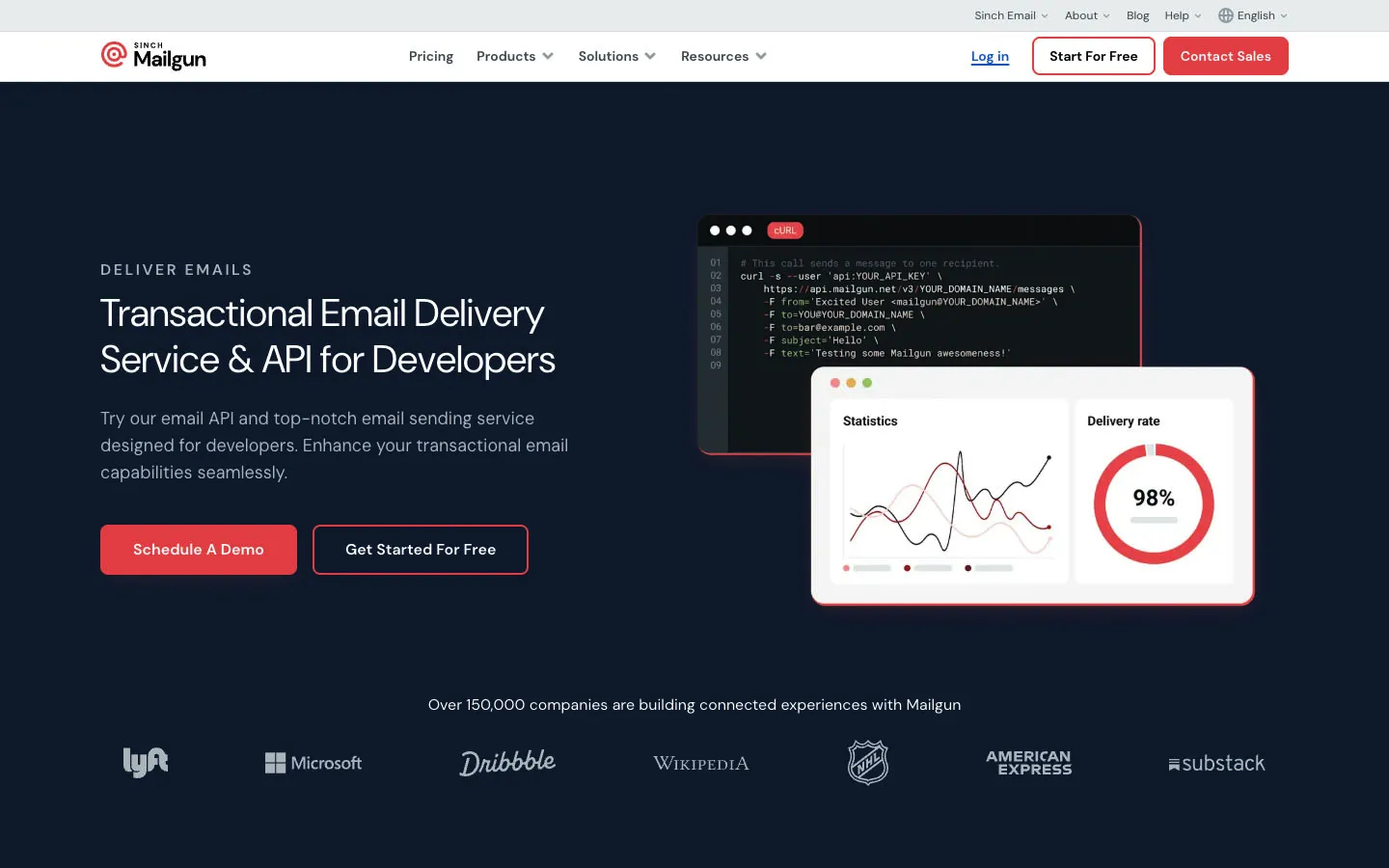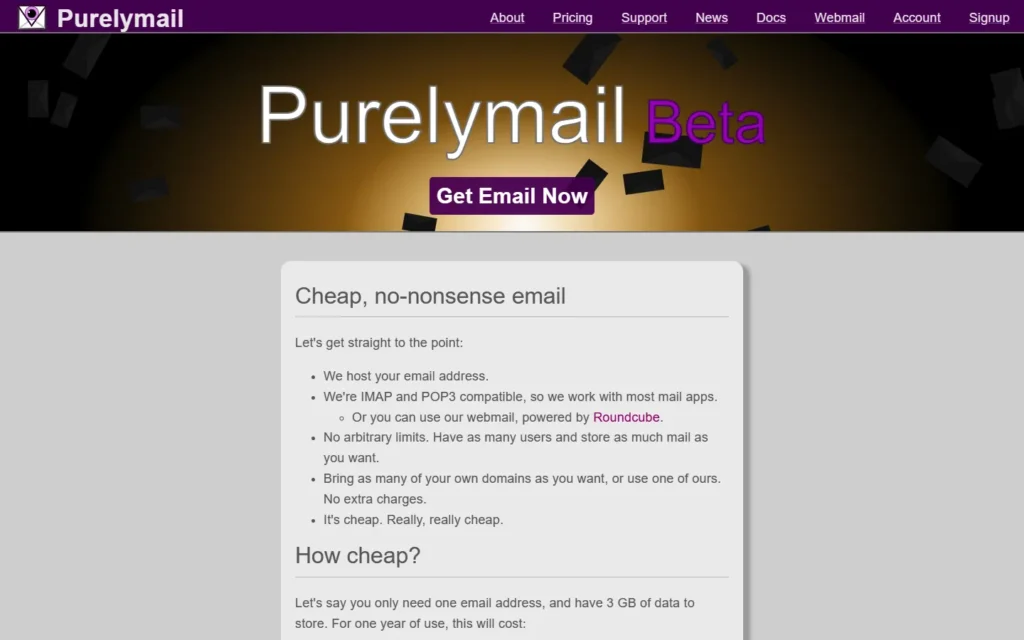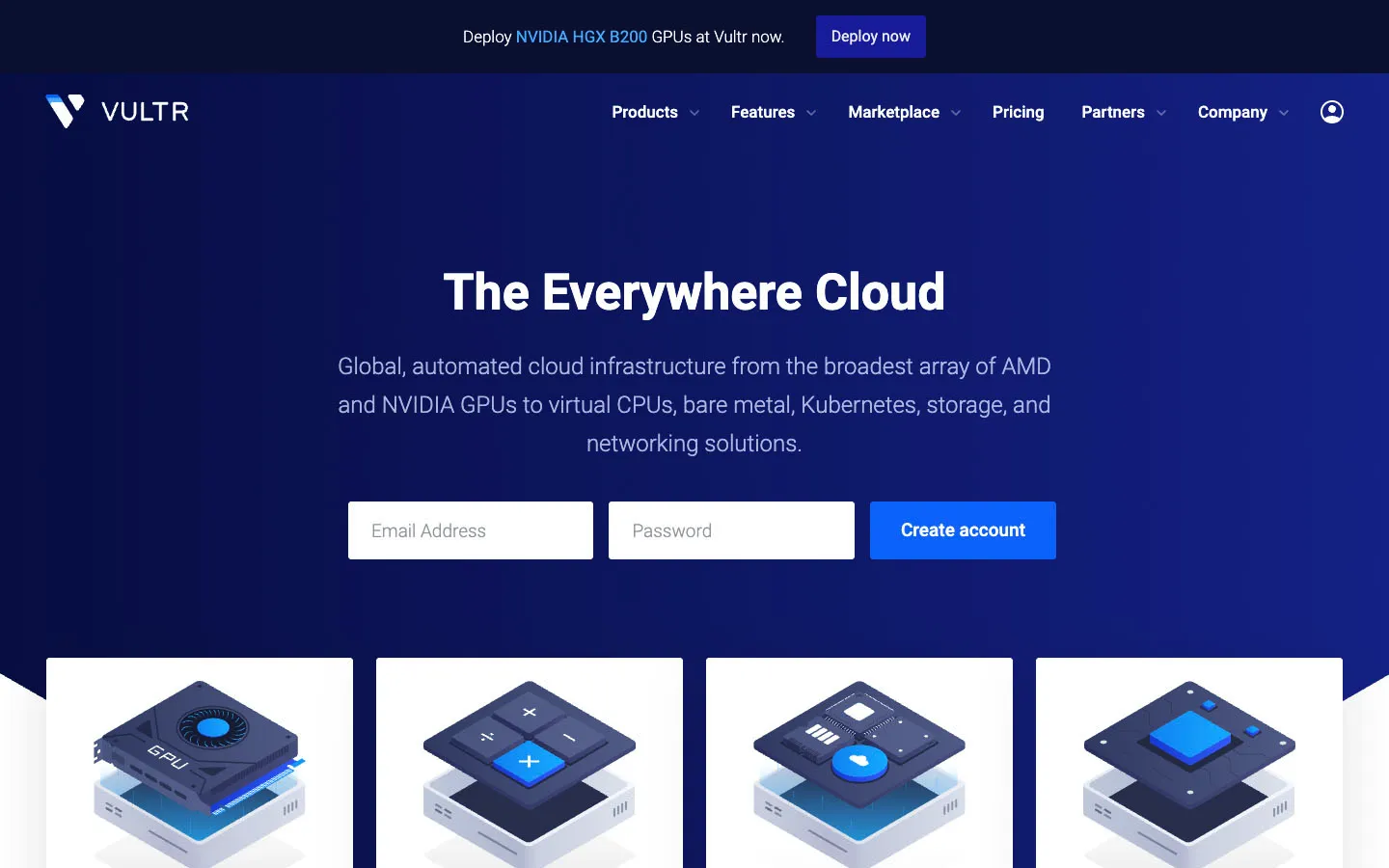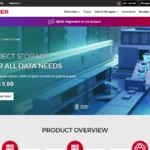Now Reading: Mailgun Review: Powerful Email API for Developers and Businesses in 2025
-
01
Mailgun Review: Powerful Email API for Developers and Businesses in 2025
Mailgun Review: Powerful Email API for Developers and Businesses in 2025

Mailgun.com is a leading email delivery platform designed for developers and businesses that need reliable, scalable, and programmable email services. Whether you’re sending transactional emails, marketing campaigns, or managing a high-volume mailing system, Mailgun offers the performance and flexibility to get your messages delivered fast — and into inboxes.
In this updated review, we’ll break down Mailgun’s key features, pricing, deliverability, integrations, user experience, and how it stacks up to competitors in 2025.
Overview of Mailgun
Originally launched in 2010 and now part of the Sinch family, Mailgun has evolved into one of the most popular email API platforms used by developers, SaaS businesses, and major brands worldwide. It enables programmatic email sending via RESTful APIs, SMTP, or webhooks, and is known for its high deliverability, powerful analytics, and scalable infrastructure.
With Mailgun, you’re not getting a drag-and-drop email builder. Instead, you’re getting full control over email logic, routing, and sending infrastructure — a dream for developers and engineering teams who want to automate and personalize email workflows.
Key Strengths
- Scalable Email API: Easily send from 100 to millions of emails per month via RESTful API or SMTP.
- High Deliverability: Built-in tools like IP warming, dedicated IPs, and deliverability consulting ensure your emails land in inboxes.
- Advanced Analytics: Real-time data on opens, clicks, bounces, and geolocation — ideal for performance tracking and A/B testing.
- Powerful Routing Features: Route incoming emails, create catch-all addresses, and automate handling via webhooks.
Mailgun is trusted by brands like Lyft, GitHub, and Shopify — companies that rely on fast, reliable, and secure email communication.
Challenges
While Mailgun is a powerful tool, it’s not a one-size-fits-all solution:
- Not for Beginners: It’s built for developers. Non-technical users may struggle with setup and API usage.
- No Visual Email Builder: You’ll need to build emails with HTML or use an external template system.
- Pay-as-You-Grow Pricing: While generous for startups, Mailgun can get expensive at scale without custom contracts.
- Limited Free Plan: The free tier offers only 5,000 emails/month for 30 days, then charges based on usage.
These issues aren’t deal-breakers for technical teams, but they may require some initial investment in time and knowledge.
Email Sending and Deliverability
Mailgun’s core feature is its ability to send and track emails with precision. The platform’s infrastructure is designed to maximize deliverability and speed, and it includes essential features such as:
- Dedicated and Shared IP Pools
- IP Warmup Automation
- Custom DKIM, SPF, DMARC Settings
- SMTP and API-Based Sending
- Subdomain Management for Multiple Projects
Mailgun also partners with email delivery experts to offer Deliverability Services — a valuable option for companies dealing with inbox placement issues or blacklists.
Email Validation and Spam Protection
In addition to sending emails, Mailgun helps you clean and verify your email lists before sending. Features include:
- Syntax and DNS validation
- Mailbox verification (ping test)
- Spam trap detection
This validation process reduces bounce rates, improves deliverability, and keeps your sending reputation intact.
Analytics and Reporting
Mailgun’s real-time analytics dashboard gives you deep insights into:
- Open rates, click-through rates, and unsubscribe behavior
- Bounce reasons and spam complaints
- Device and location data
You can also stream this data into your BI tool or CRM using webhooks or APIs — making it ideal for data-driven teams and SaaS platforms.
Integration and Developer Tools
Mailgun integrates with virtually any platform via API, and official libraries are available for:
- Python
- PHP
- Ruby
- Node.js
- C# / .NET
It also plays well with popular platforms like:
- WordPress (via plugins)
- Laravel and Symfony
- Zapier and Make (Integromat)
Developers can test email functionality in sandbox mode before going live, and the documentation is thorough and clear.
Pricing
Mailgun uses a tiered, pay-as-you-grow pricing model:
- Flex Plan: Free for 30 days (5,000 emails), then pay-per-use.
- Foundation Plan: From $35/month for 50,000 emails, includes analytics and support.
- Growth Plan: From $80/month, includes dedicated IP, better SLA, and advanced validation.
- Scale Plan: Custom pricing for high-volume senders and enterprise clients.
Add-ons like email validation are billed separately. The model is flexible, but can get expensive at high volumes without negotiation.
Customer Support
Mailgun provides different levels of support based on your plan:
- Email Support: Available on all paid plans.
- Live Chat: Only on Growth and Scale plans.
- Deliverability Services: Optional consulting for inbox placement improvements.
Support response times are generally good, and the knowledge base covers a wide range of use cases, including setup tutorials, troubleshooting, and best practices.
Comparison with Competitors
Mailgun vs. SendGrid
- Mailgun has better routing tools and more transparent analytics.
- SendGrid offers a drag-and-drop email builder, better for marketers.
Mailgun vs. Amazon SES
- SES is cheaper, but more difficult to configure.
- Mailgun is easier to use and has better documentation and support.
Mailgun vs. Postmark
- Postmark is faster for transactional email, but lacks bulk tools.
- Mailgun is better for blended use (marketing + transactional).
Pros and Cons
Pros
- Powerful API and SMTP support
- Excellent email deliverability features
- Detailed real-time analytics
- Built-in validation and list cleaning tools
- Flexible scaling for startups and enterprises
Cons
- Not beginner-friendly
- No visual email builder
- Can become costly at large volumes
- Support limited on lower-tier plans
Ideal Use Cases
Mailgun is a perfect fit for:
- SaaS Companies: Transactional emails, alerts, onboarding flows.
- eCommerce: Order confirmations, receipts, and shipping updates.
- Marketing Teams: Bulk sending with analytics (via API or third-party integrations).
- Startups: Low-cost entry and powerful scaling as you grow.
Final Verdict: Is Mailgun Worth It?
If you’re a developer or a company with in-house technical skills, Mailgun is one of the best email delivery platforms available today. It offers enterprise-level tools, developer-first documentation, and a robust infrastructure that supports everything from transactional emails to large-scale campaigns.
Final Verdict: Mailgun is ideal for businesses that prioritize deliverability, data transparency, and scalability. It may not be the best fit for non-technical users, but for developers and SaaS platforms, it’s a powerful ally in email communications.
Mailgun FAQ: Answers to Your Common Questions
1. What is Mailgun used for?
Mailgun is a cloud-based email delivery service for sending transactional emails, bulk marketing messages, and managing email workflows via APIs or SMTP.
2. Is Mailgun free to use?
Mailgun offers a free plan with 5,000 emails/month for the first 30 days. After that, it switches to a pay-as-you-go model.
3. Does Mailgun support SMTP?
Yes. Mailgun supports both SMTP and REST API-based email sending, allowing flexibility based on your app’s requirements.
4. Can I use Mailgun with WordPress?
Yes. You can integrate Mailgun with WordPress using plugins like WP Mail SMTP to improve email deliverability from your site.
5. How is Mailgun’s deliverability?
Mailgun is known for excellent deliverability, with features like dedicated IPs, IP warming, and support for DKIM, SPF, and DMARC.
6. Does Mailgun have an email builder?
No. Mailgun does not offer a drag-and-drop email builder. You must build emails using HTML or integrate with a third-party email design tool.
7. Is Mailgun secure?
Yes. Mailgun supports encrypted connections (TLS), spam prevention tools, access control, and complies with email authentication standards.
8. Can Mailgun validate email addresses?
Yes. Mailgun offers an email validation API to verify addresses before sending, reducing bounce rates and protecting your sender reputation.
9. What programming languages does Mailgun support?
Mailgun provides SDKs for Python, PHP, Ruby, Node.js, and C#. It also works with any language that can make HTTP requests or send SMTP emails.
10. Is Mailgun good for marketing emails?
While not a marketing platform by default, Mailgun can handle marketing campaigns when paired with a frontend or third-party tool. It’s best used for transactional and programmatic emails.
Mailgun Review 2025
The Summary
Mailgun is a powerful email delivery platform designed for developers and businesses that rely on transactional and bulk email services. With robust APIs, SMTP support, and high deliverability rates, it serves as a top-tier solution for SaaS apps, eCommerce platforms, and startups.










